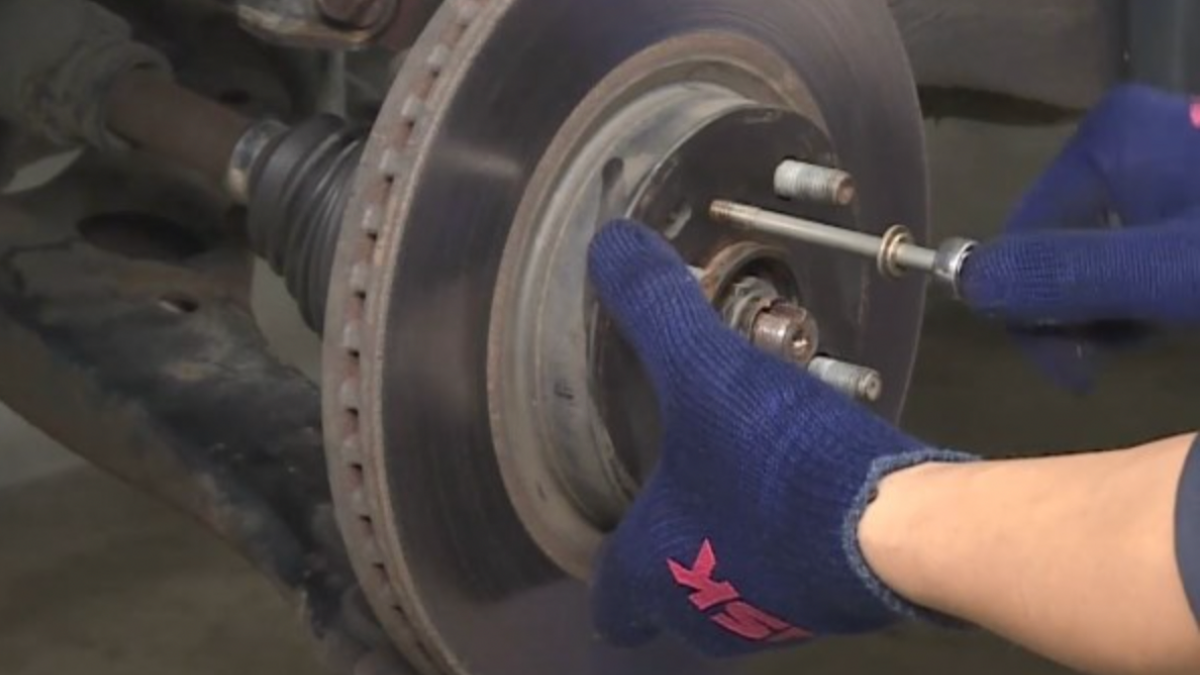
Wheel hub assembly replacements are undeniably one of the most common auto repair services. Whereas it is a straightforward process, improper installations remain common. Not only does improper installation lead to vibrations when braking, but it also causes premature bearing failure.
No wonder wheel hub replacements require some finesse at all times. But how can you minimize the chances of messing up the installation? To lend a helping hand, here are three common mistakes to avoid when replacing a wheel hub assembly.
Table of Contents
1. Using Low-Quality Wheel Hub Assembly
It is tempting to buy a low-quality wheel hub assembly to save a few bucks. While this decision could work to your advantage, rest assured the replacement wheel hub assembly won’t last long enough. This is especially with an undersized bearing as it will not perform well.
Remember, quality is everything when it comes to wheel hubs. To reduce comebacks, be sure to use an OEM-grade wheel hub. It must also be built with triple-lip seals and made of high-strength steel. That way, you won’t worry about the replacement wheel hub failing prematurely.
2. Forgetting All About the Flange Runout
Never rush into using the wheel bearing puller without inspecting the bore and measuring the flange runout of your wheel hub assembly. When having a failed wheel hub, chances are the knuckle is also not in the best conditions. No wonder you should check it out for any signs of damage or rust. If the wheel hub has rust, apply penetrating oil to make it easier to remove it.
When you inspect the bore before installing a new wheel hub assembly, you can troubleshoot any other problem you come across. Things are no different when you measure the flange runout. That is what you need to prevent any future mishaps.
3. Not Testing the Replacement Wheel Hub
One of the biggest mistakes you can ever make after replacing your wheel hub assembly is thinking everything is okay. However, many things could go wrong during and after the installation. While it is easy to rotate the tire once done, there is nothing wrong with testing the wheel hub itself.
To avoid inconveniences, check the wheel hubs thoroughly after replacing them. You don’t want to make do with bearing misalignment, yet you could have avoided it in the first place. In short, make it the norm to test replacement wheel hub assembly after installation to ensure everything is in place.
The Bottom Line
You don’t have to be a pro to replace a wheel hub assembly. As long as you invest in a hydraulic puller that blends perfectly with the type of wheel bearings on the vehicle and have the right tools in place, it won’t take long before you complete the replacement. Either way, never leave room for mistakes while handling the installation as they will come back to haunt you in the future. Be sure to learn from your mistakes to avoid repeating them!